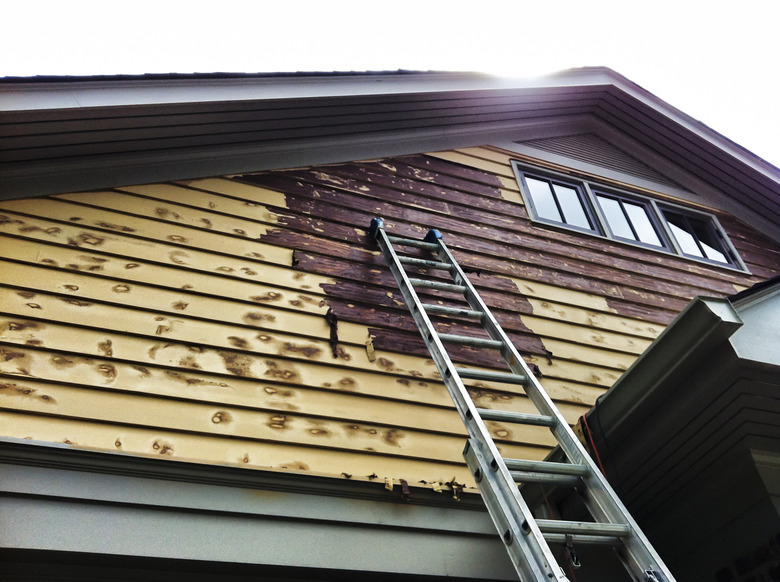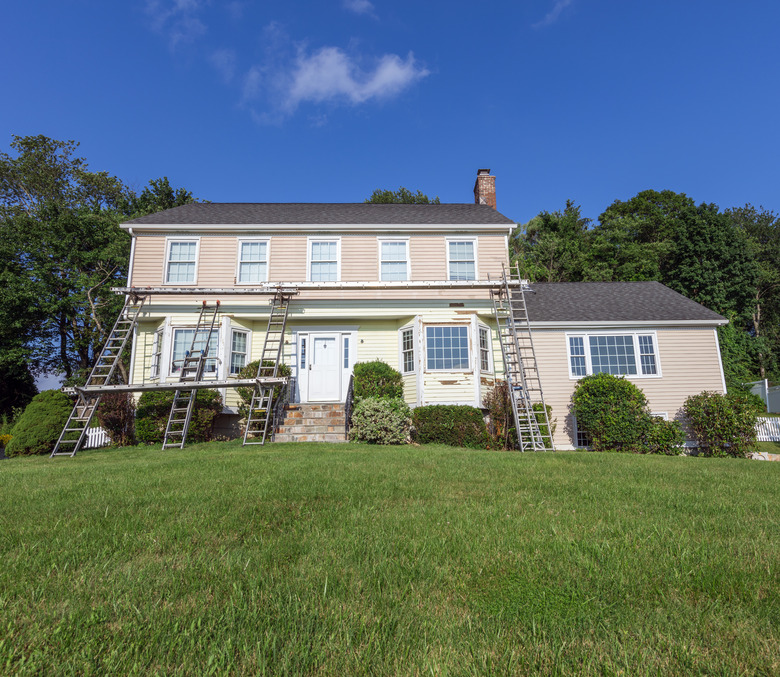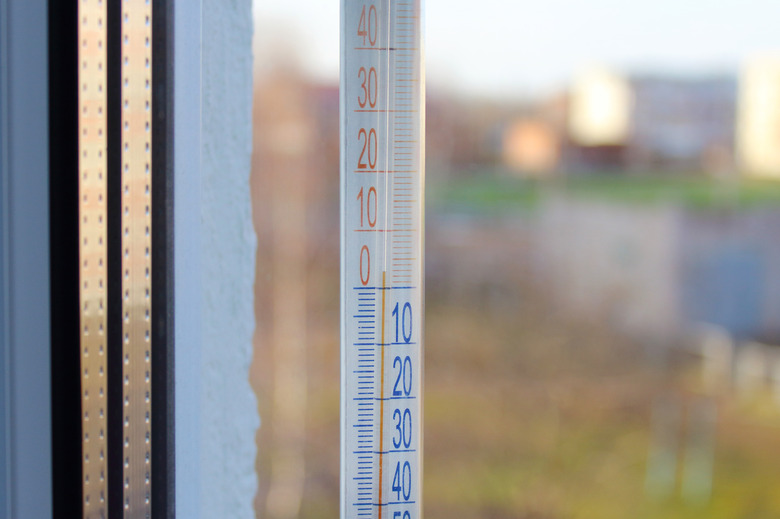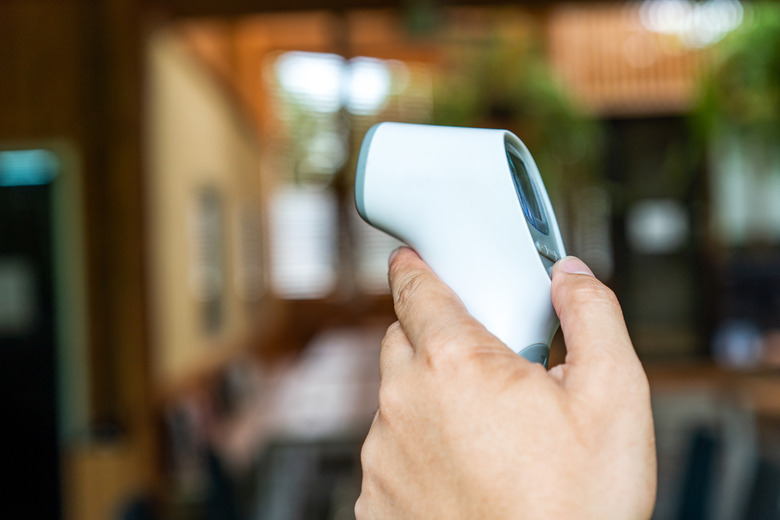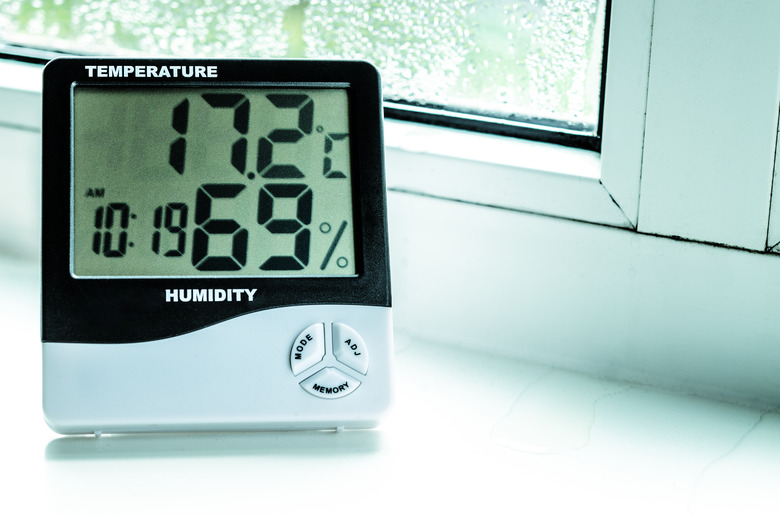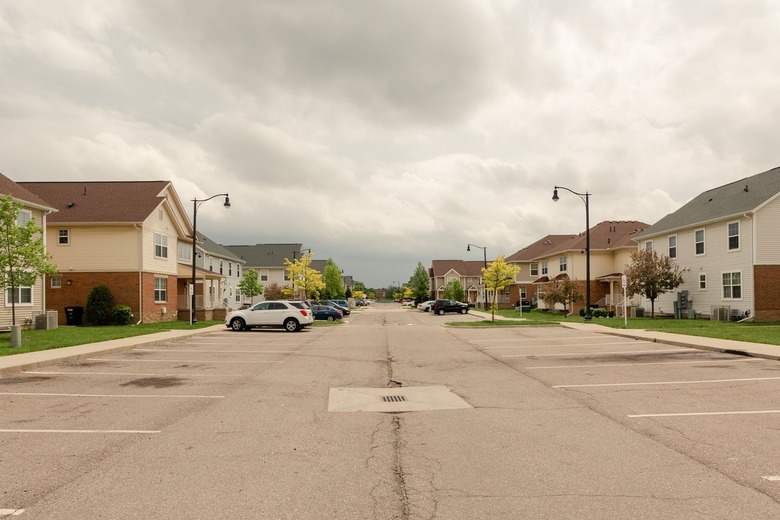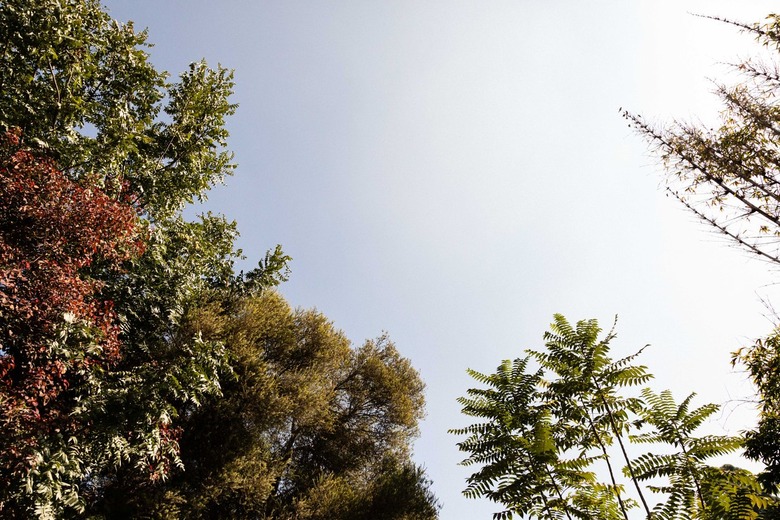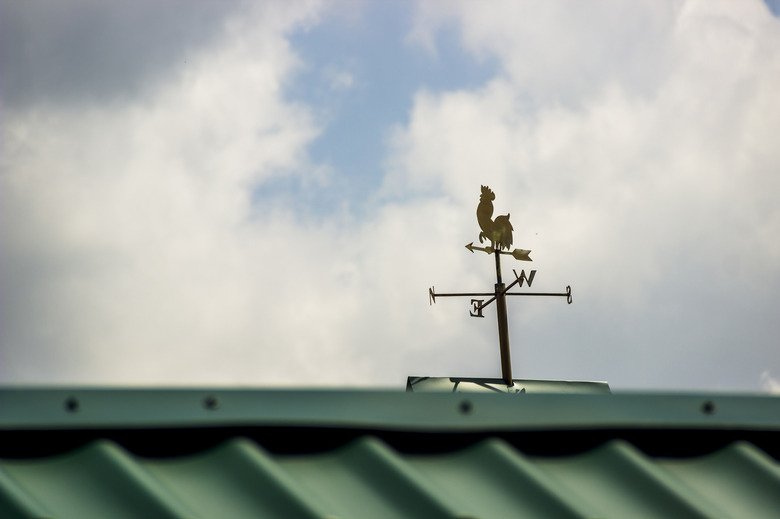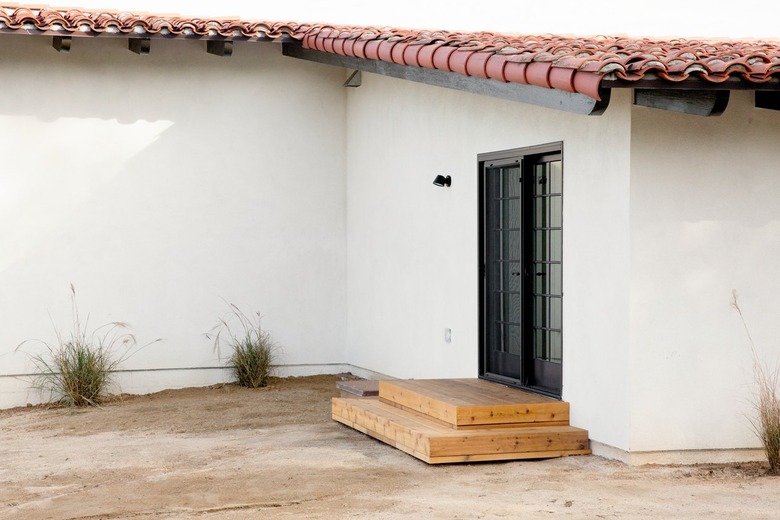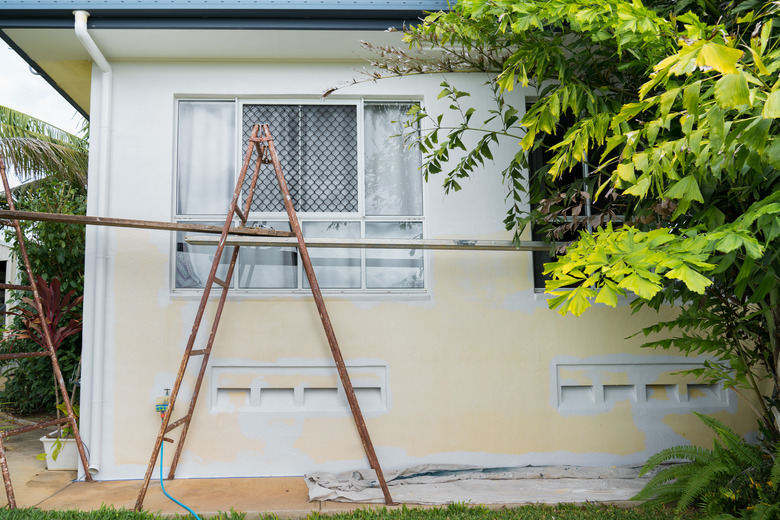What's The Best Time And Weather For Exterior Painting?
We may receive a commission on purchases made from links.
Painting the exterior of your home is the perfect way to boost the curb appeal, however, it's not as easy as repainting an interior room. Environmental factors can create less than ideal painting conditions. Whether you hire a painting company or do it yourself, it's essential to choose the right time of the year and the right weather conditions to obtain a smooth finish that lasts.
The best time to paint the exterior of a house is generally in the late spring and early fall when temperatures are warm, but not hot, and humidity is between 40 and 70 percent. The best weather to paint the exterior of your home in is overcast, with little to no wind and no rain in the forecast for several days. Ultimately, the best time for your painting project depends on where you live.
How Weather Affects Exterior Painting
How Weather Affects Exterior Painting
Exterior paint needs to cure properly to adhere well with a smooth finish. Drying too quickly or too slowly can affect the final look. Without ideal conditions, the paint might bubble, peel, crack, or have a rough appearance. All weather elements, including the temperature, humidity, sunlight, and rain, can interfere with the paint properly drying and curing. If the weather affects the paint too much, you might have to redo the paint job.
Consider the Air Temperature
Consider the Air Temperature
Painting the exterior of your house in extreme cold or heat is not only uncomfortable for you but it's also bad for the paint job. Extreme temperatures mean the paint components can't bind together properly, and you might get bubbling paint or premature cracking. High temperatures can make it difficult to get a smooth finish because the paint dries too quickly, and you can't spread it well. Low temperatures can make it difficult for the paint to cure properly and can extend drying times.
The temperature of the air and the siding should remain within the recommended range for several hours — and sometimes for as long as 36 hours — after painting, so watch for temperature fluctuations throughout the day if you're barely within the recommended range.
Tip
If you paint in colder temperatures, plan to wait about 24 hours between coats since drying takes longer.
Check the Surface Temperature
Check the Surface Temperature
These temperature ranges apply not only to the air but also to the siding material you're painting. Some materials can take a day or longer to warm up if it has been cold. The surface should be the same minimum temperature as the air — between 40 and 90 degrees for oil-based paint and between 50 and 85 degrees for water-based paint. An infrared thermometer can tell you the temperature of the surface.
Evaluate the Humidity
Evaluate the Humidity
The outdoor humidity affects how well paint dries. Check the weather to look for humidity levels between 40 and 70 percent for optimal drying. Higher humidity makes it difficult for the moisture to evaporate from the paint, so it doesn't cure well. Excessive humidity can also discolor the paint, causing white or brown coloration, and can affect how well the paint protects your home's exterior.
Watch for Rain
Watch for Rain
Rain in the forecast will bring your painting project to a full stop, so look for several clear days with dry weather before you break out the paint. You can't paint the home's exterior when it's raining, and you also need a dry surface for a fresh coat of paint. So, painting right after the rain stops isn't an option.
Most siding materials need at least four to eight hours to dry before you can paint. You'll also need enough rain-free time after the siding dries to paint the house and let the paint fully dry.
Check the Sun
Check the Sun
Sunny days might seem like they offer ideal conditions for painting, but you don't want the surface you're painting to be in direct sunlight. The sun can make the paint dry too fast, causing it to get tacky. You won't be able to spread the paint well on the siding, and you'll likely get an uneven coat instead of a smooth finish.
You can avoid this issue by painting on an overcast day as long as the temperature and humidity levels are optimal, and there's no rain forecasted. You can also plan your painting based on the sun's position. Paint the surfaces that are in the shade and move around the house as the shade moves.
Gauge the Wind Speed
Gauge the Wind Speed
Strong winds can create poor conditions for exterior painting. High winds can cause the paint to dry too quickly, resulting in a poor, uneven finish. It can also blow dirt, leaves, pollen, and debris around outdoors, which can stick to the paint and cause a bumpy finish. You'll likely fight with drop cloths that you have over landscaping if the winds are too high, and climbing a ladder in the wind can also be dangerous.
Little to no wind is ideal for an exterior painting job. A light breeze is usually okay while you're painting. A gentle breeze can help you feel cool on a warm day. However, avoid painting if the wind is blowing things around the yard. The harder the wind is blowing, the more issues you'll have with the finish.
Considerations With Different Siding Materials
Considerations With Different Siding Materials
Less than ideal weather conditions can result in a bad paint job no matter what type of siding you're painting. However, some materials are more susceptible to issues from certain weather conditions. For example, moisture can be particularly harmful when painting stucco with acrylic paint. The combination of moisture and the high alkalinity in the paint can cause saponification, which creates a streaky or spotty finish.
Humidity and moisture can also be an issue if you have wood siding. Since the moisture from the air soaks into the wood, it can affect how well the paint sticks to the material. This can cause bubbling or peeling, which can ruin the paint job.
The Best Time to Paint
The Best Time to Paint
The best time of year to paint your house varies based on the climate where you live. However, late spring and early fall tend to offer the best opportunities for mild temperatures. In most areas, you can avoid the extreme heat and cold during those months. Consider the typical weather patterns in your area to choose an ideal time. For example, if spring brings rain most days in your area but fall typically has more dry days, it's probably best to wait until fall.
Homeowners who want to hire out the job can contact local painting contractors to get recommendations. Reach out to local companies for a free quote and to discuss the timing based on the local climate.
